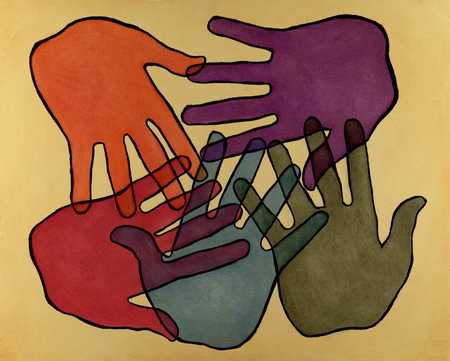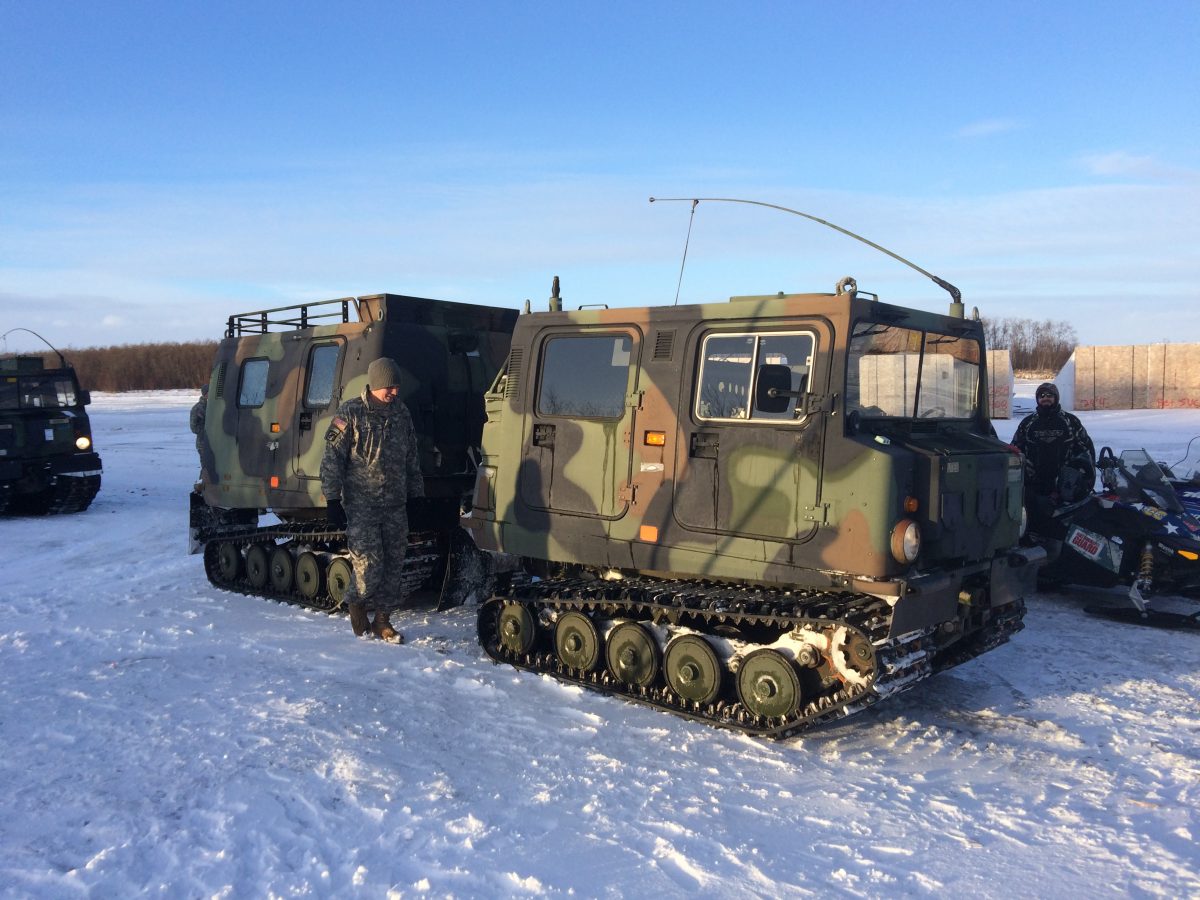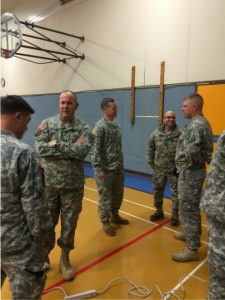It was so great to dissect the reading from the BH&H book in groups today. I really enjoyed the process we went through because it allowed each of us to have time and space to share our thoughts and perspectives.
I extrapolated many different summaries of thought from my group’s discussion of the reading. I can sum up these points with three words that all, conveniently, begin with the same letter: transformative teaching and life-changing multicultural education is built on the foundation of awareness, attitude, and activism.
First of all, it is our job as teachers and humans to be aware of the “-isms” around us. We need to face the sharp, uncomfortable truth that people face prejudice every day (whether they are the receivers or deliverers of it)- that people’s realities may look very different from ours. When we are aware of the issues in our community, our classroom, and ourselves, we are better equipped to address these systemic failures.
It can be a painful process, but awareness is not enough. Our awareness must affect our attitude (I am really on a roll with this!). We must take the truths we have learned and allow it to shape our views and approaches to the world and its inhabitants. We need to invite it to change our minds and hearts.
The concluding step in this process calls us to be activists in our households, classrooms, and all other places in our communities. It is not enough to walk into the classroom with a really neat lesson that highlights different cultures and encourages student inquiry from multiple perspectives; we must be active in our communities and lead this celebration of culture while fighting against injustice. We should be able to answer this question from our students: “This is great and all, but what do you do to fight these issues? What can I do?”.
It is not an easy, three-step process, but these thoughts have helped me solidify some key attributes of an educator who fights for transformation in the classroom. It is the only way to expect our students to also be citizens who have an awareness of the issues, are problem-solvers with the right attitude, and are activists in the world.




